Market Growth Projections
The Global Imaging Chemicals Market Industry is projected to experience substantial growth over the next decade. With a market value of 25.67 USD Billion in 2024, it is anticipated to reach 38.12 USD Billion by 2035. This growth trajectory indicates a compound annual growth rate of 3.66% from 2025 to 2035. Such projections reflect the increasing demand for imaging chemicals across various sectors, driven by technological advancements and expanding applications. The market's resilience and adaptability suggest a promising future, with opportunities for innovation and development in imaging chemical formulations.
Technological Advancements
The Global Imaging Chemicals Market Industry is witnessing rapid technological advancements that enhance imaging processes. Innovations in digital imaging technologies, such as high-resolution sensors and advanced software, are driving demand for imaging chemicals. For instance, the integration of artificial intelligence in imaging applications is improving accuracy and efficiency. These advancements not only streamline production but also expand the range of applications for imaging chemicals across various sectors, including healthcare and manufacturing. As a result, the market is projected to reach 25.67 USD Billion in 2024, reflecting the impact of these technological developments.
Growing Demand in Healthcare
The Global Imaging Chemicals Market Industry is significantly influenced by the increasing demand for imaging solutions in healthcare. Medical imaging techniques, such as MRI and CT scans, rely heavily on specialized imaging chemicals. The rising prevalence of chronic diseases and the need for accurate diagnostics are propelling this demand. Furthermore, the aging population is contributing to a higher volume of medical imaging procedures. This trend is expected to sustain growth in the market, with projections indicating a rise to 38.12 USD Billion by 2035, highlighting the critical role of imaging chemicals in modern healthcare.
Expansion of End-Use Industries
The Global Imaging Chemicals Market Industry is benefiting from the expansion of various end-use industries, including automotive, electronics, and packaging. As these sectors evolve, the need for high-quality imaging solutions becomes paramount. For example, the automotive industry increasingly utilizes imaging chemicals for advanced driver-assistance systems and vehicle safety features. Similarly, the electronics sector demands imaging chemicals for circuit board manufacturing and display technologies. This diversification of applications is likely to drive a compound annual growth rate of 3.66% from 2025 to 2035, underscoring the market's adaptability to changing industry needs.
Rising Consumer Electronics Market
The Global Imaging Chemicals Market Industry is experiencing growth driven by the rising consumer electronics market. With the proliferation of smartphones, tablets, and other electronic devices, the demand for high-quality imaging solutions is escalating. Imaging chemicals play a crucial role in enhancing the visual quality of displays and cameras in these devices. As consumer preferences shift towards better imaging capabilities, manufacturers are likely to invest in advanced imaging chemicals to meet these demands. This trend is expected to contribute positively to the market's growth, reinforcing the importance of imaging chemicals in the consumer electronics sector.
Environmental Regulations and Sustainability
The Global Imaging Chemicals Market Industry is also shaped by stringent environmental regulations and a growing emphasis on sustainability. As governments worldwide implement stricter guidelines on chemical usage and waste management, manufacturers are compelled to innovate and develop eco-friendly imaging chemicals. This shift towards sustainable practices not only aligns with regulatory requirements but also meets consumer demand for greener products. Companies that invest in sustainable imaging solutions may gain a competitive edge in the market, potentially influencing overall growth trajectories in the coming years.
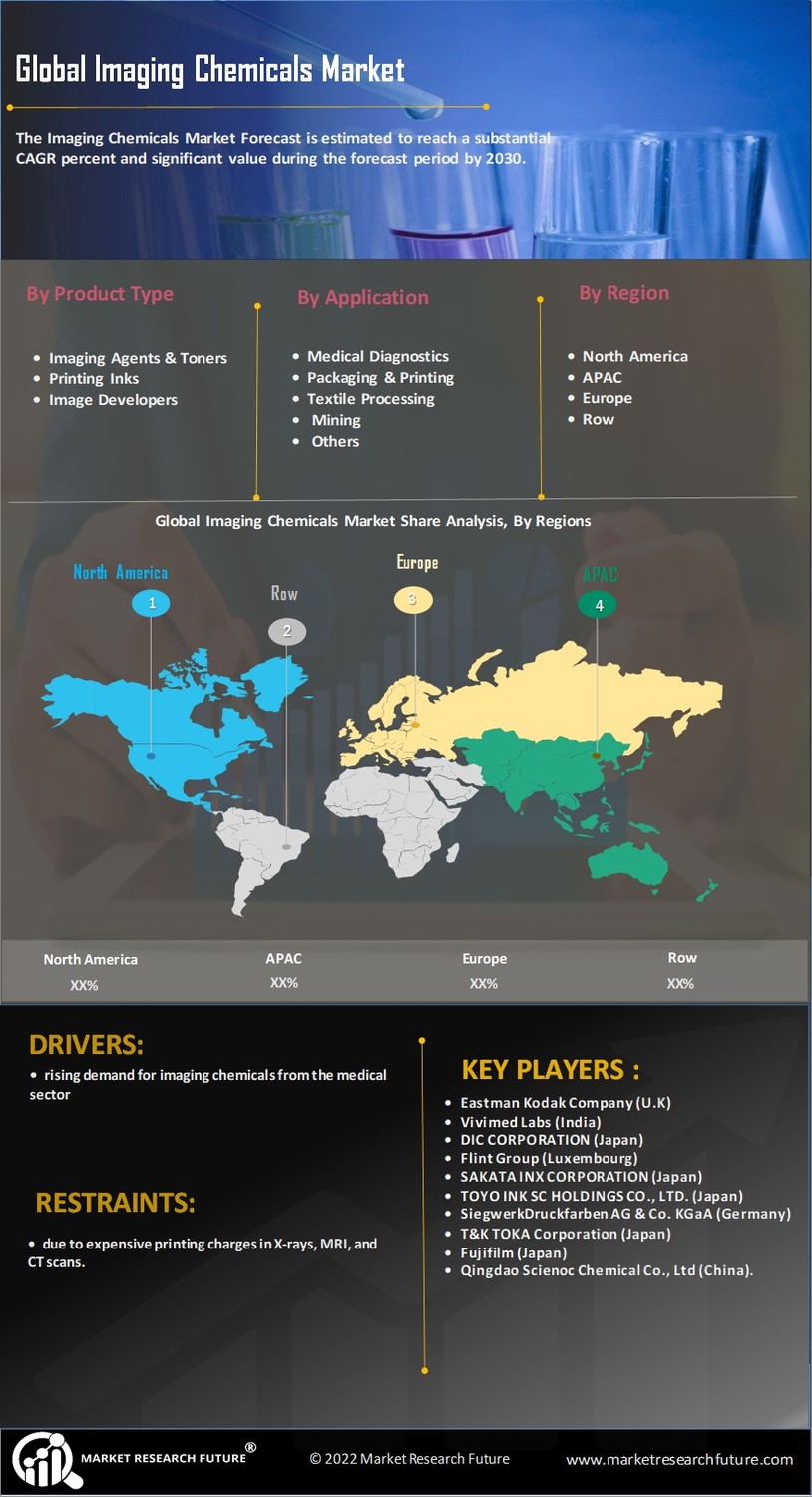

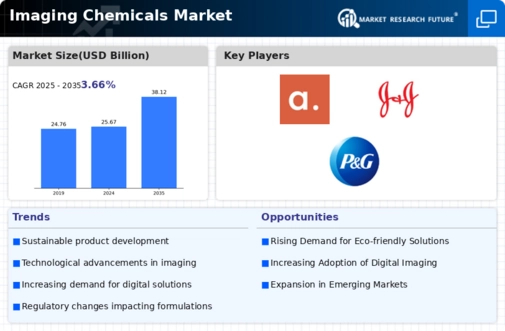


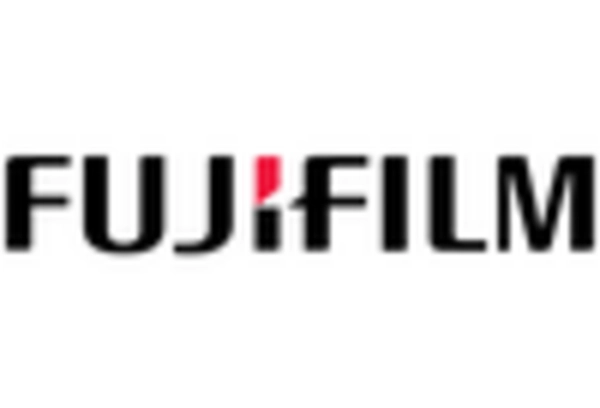
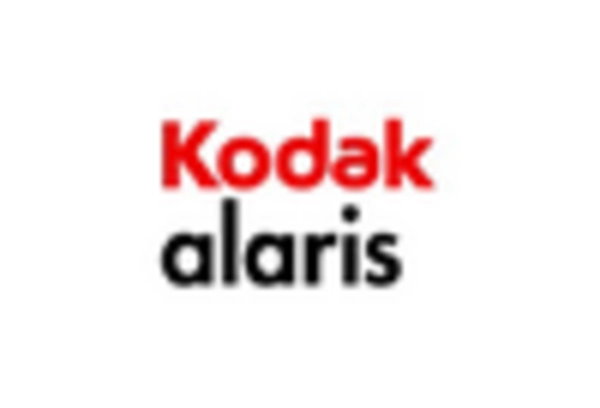

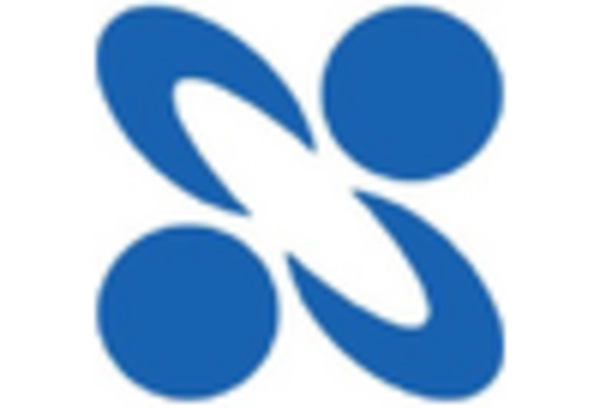








Leave a Comment